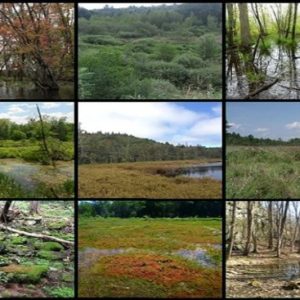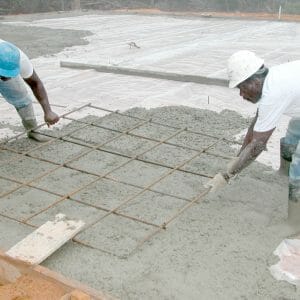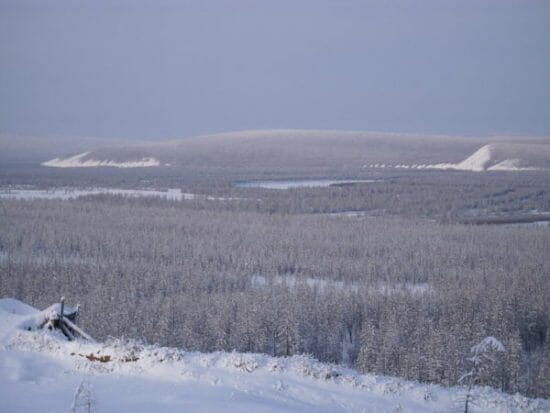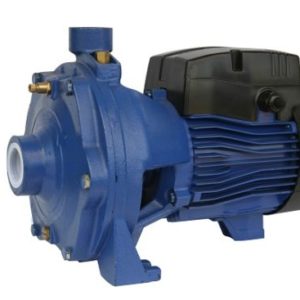Description
The construction of satisfactory roads and airfield runways in seasonal frost and permafrost areas is normally more difficult than in temperate regions because the imperviousness of the underlying permafrost tends to produce poor soil drainage conditions, and because disturbance of the natural surface may set in motion adjustments in thermal regime, drainage, and slope stability which may have serious and progressive consequences. This course discusses roadway and runway design considerations for cold arctic and subarctic regions.
Course Outline
1. GENERAL
2. BASE COURSE AND PAVEMENT COMPOSITION
3. BASE COURSE DESIGN IN AREAS OF NON-FROST-SUSCEPTIBLE SOILS
4. BASE COURSE DESIGN IN AREAS OF FROST-SUSCEPTIBLIE SUBGRADES
5. BASE COURSE DESIGN IN AREAS OF HIGHLY ORGANIC SOILS
6. DRAINAGE
7. CORDUROY ROADS
8. BIBLIOGRAPHY
This course will introduce you to the design of subgrades, base courses and flexible and rigid pavements in arctic and subarctic regiuons.
- Learn about the soils where there is danger of loss in bearing capacity upon thawing, and of heaving action upon freezing;
- Learn about the four classifications of soils in which ice segregation generally occurs when favorable ground water and freezing temperatures are present;
- Learn how frost and permafrost conditions may be altered by changed surface conditions produced by construction;
- Learn how in areas of permafrost the location of the ground water surface is greatly influenced by the existence of the underlying impervious permafrost layer;
- Learn recommendations for base course and pavement composition in arctic and subarctic regions;
- Learn about base course design in non-frost-susceptible soils.
 E - 1314 Design of Trombe Walls for Residential Use
1 × $50.00
E - 1314 Design of Trombe Walls for Residential Use
1 × $50.00  E - 1273 Introduction to Coatings and Paints
1 × $125.00
E - 1273 Introduction to Coatings and Paints
1 × $125.00  E - 1312 Classification of Wetlands
1 × $125.00
E - 1312 Classification of Wetlands
1 × $125.00  E - 1323 Tropical Engineering: Concrete, Wood, Metals
1 × $75.00
E - 1323 Tropical Engineering: Concrete, Wood, Metals
1 × $75.00 

 E - 1314 Design of Trombe Walls for Residential Use
E - 1314 Design of Trombe Walls for Residential Use  E - 1273 Introduction to Coatings and Paints
E - 1273 Introduction to Coatings and Paints  E - 1312 Classification of Wetlands
E - 1312 Classification of Wetlands  E - 1323 Tropical Engineering: Concrete, Wood, Metals
E - 1323 Tropical Engineering: Concrete, Wood, Metals 



